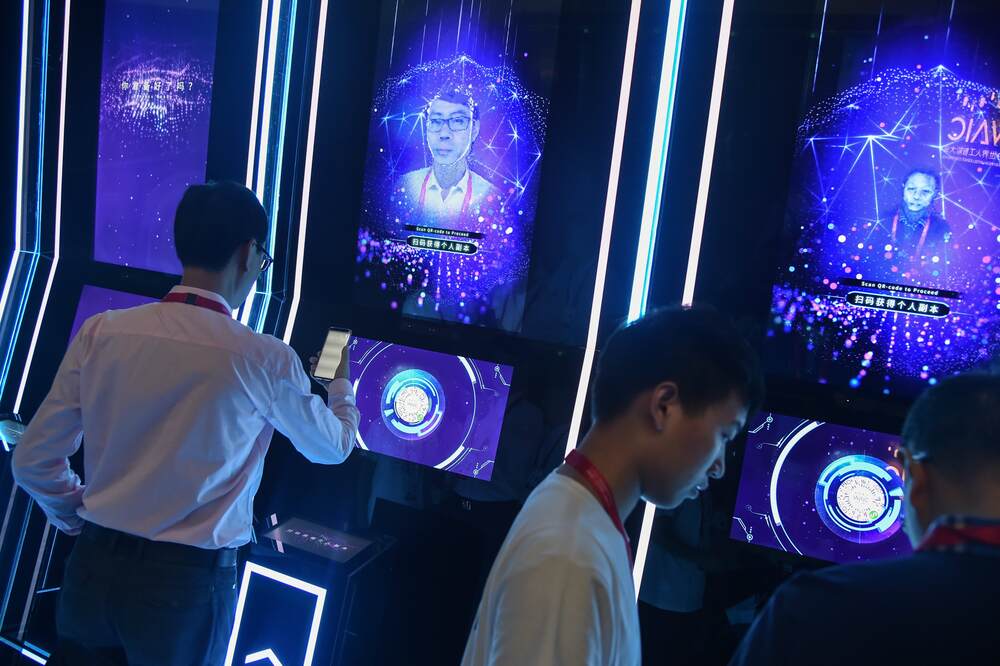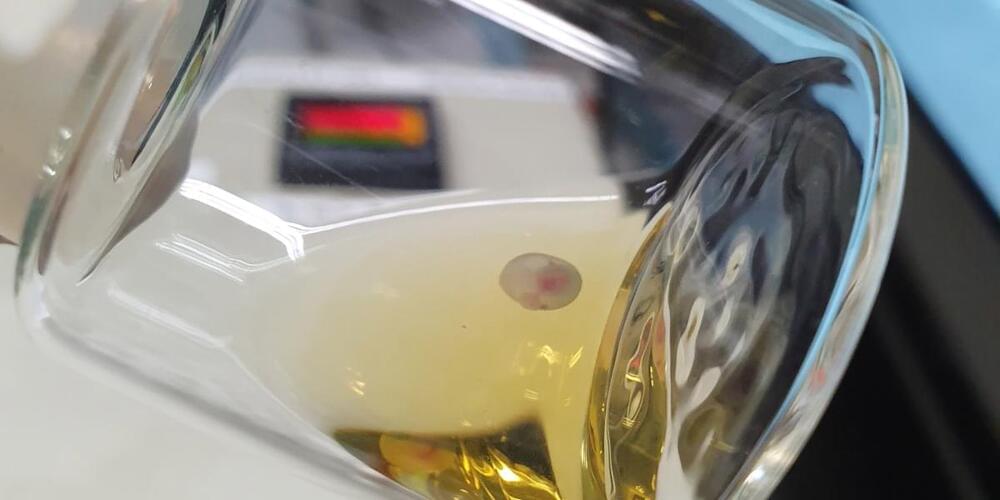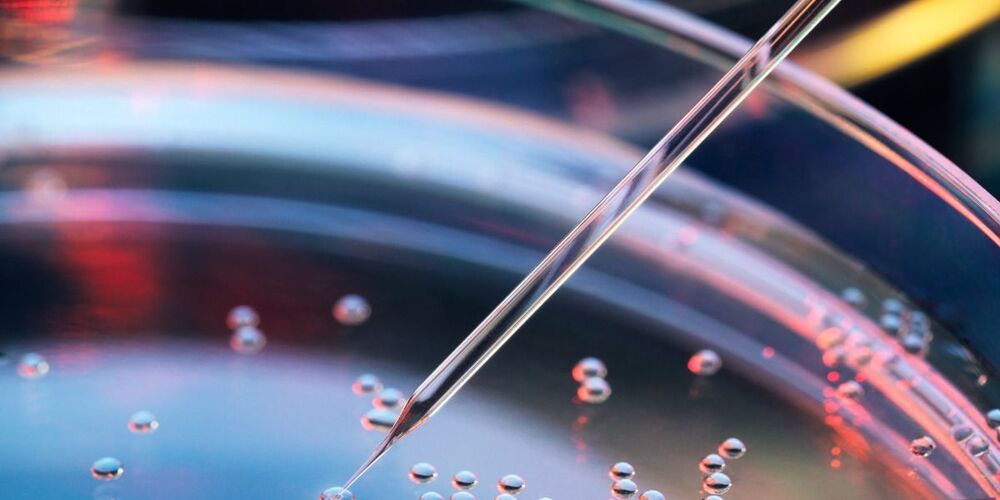Nodes known as Alice, Bob and Charlie share entangled state across two different labs.



Today on the Science Talk podcast, Noam Slonim speaks to Scientific American about an impressive feat of computer engineering: an AI-powered autonomous system that can engage in complex debate with humans over issues ranging from subsidizing preschool and the merit of space exploration to the pros and cons of genetic engineering.
In a new Nature paper, Slonim and colleagues show that across 80 debate topics, Project Debater’s computational argument technology has performed very decently—with a human audience being the judge of that. “However, it is still somewhat inferior on average to the results obtained by expert human debaters,” says Slonim.
In a 2019 San Francisco showcase, its first public debut, the system went head to head with expert debater Harish Natarajan.
‘Skybrators’ generate clean energy without environmental impact of large windfarms, say green pioneers.

“The research is part of an explosion of new techniques and ideas for studying early development. Today, in the same issue of Nature, two other research groups are reporting a leap forward in creating ”artificial” human embryos.
Those teams managed to coax ordinary skin cells and stem cells to self-assemble into look-alike early human embryos they call ”blastoids,” which they grew for about 10 days in the lab. Several kinds of artificial models of embryos have been described before, but those described today are among the most complete, because they possess the cells needed to form a placenta. That means they are a step closer to being viable human embryos that could develop further, even until birth.
Scientists say that they would never try to establish a pregnancy with artificial embryos—an act that would be forbidden today in most countries.
Researchers are growing embryos outside the body longer than has ever been possible.
Dr James Desmond, DVM, Co-Founder, Liberia Chimpanzee Rescue & Protection (LCRP), discussing his work at LCRP, as well as his zoonotic disease surveillance work with EcoHealth.
Liberia Chimpanzee Rescue & Protection (LCRP — https://www.liberiachimpanzeerescue.org/) is the first and only chimpanzee sanctuary and conservation center in Liberia rescuing chimpanzees who are victims of the illegal bush meat and pet trades. The organization has over 40 orphaned chimpanzees, nearly all under the age of five, currently under their care.
Dr. James Desmond is the co-founder Liberia Chimpanzee Rescue & Protection. He is a wildlife veterinarian and a consultant specializing in emerging disease and the illegal wildlife trade. He graduated from Tufts Cummings School of Veterinary Medicine, earning a Doctor of Veterinary Medicine degree and a Masters in Comparative Biomedical Sciences. Alongside his work with Liberia Chimpanzee Rescue & Protection, Dr. Desmond leads research on infectious disease, including identifying novel wildlife reservoirs for the Ebola virus.
Jenny Desmond is a co-founder of Liberia Chimpanzee Rescue & Protection and she leads the team who cares for chimpanzees serving as “mom” to the 40+ orphans, nurturing them and helping them form bonds with the other chimpanzees in the organization’s care to ensure they have fulfilling lives in their sanctuary family, providing love, enrichment, and refuge.
James and Jenny were recently the focus of a TV series, Baby Chimp Rescue, which aired on BBC and AMC.
Topic: Current Space Industry Engagement.
Do Subscribe the video.
Welcome!
The debut of “Space Matters-Pillars of the Space Industry” is scheduled to take place this coming Saturday, March 20th at 10:00AM PST.
Greetings Space Lovers! I wanted to personally invite each of you to join us in supporting the world premiere of the awesome new television show “Space Matters”, hosted by Rhonda Stevenson, of Tau Zero Foundation! The show airs this coming Saturday, March 20th @ 10am PST! Please download the e360tv app to view on Roku, IOS, Android, and other live streaming platforms.


Following in my recent series on subjects that are all the rage in anti-aging and longevity circles, to help you get a good grasp of the essentials so you can know what all the talk is about, and can make informed judgements rather than just following the herd blindly. This time it is on Metformin. This is a drug widely known as a diabetes drug and it has been in use for a very long time, indeed it is one of the most prescribed drugs there is. Recently it has also been a buzz word in the anti aging/longevity communities following the review of data and with it s mechanism of action, being touted and recommended by a variety of voices in the public domain. But how does it work, and how could it improve longevity? Is it safe? Well, if you want to go into a bit more depth and know all the details, I have put together a video which helps you understand what all the fuss is about. And whatever you are doing, have a great day.
Metformin is very popular in the anti aging paradigm currently so let’s have a look at what it is, what it offers, and what the trade offs are… because, well, it is always wise to have all the data.
In this video I will look at the history of metformin and describe its mechanism of action before delving into the current thoughts on its use as an anti aging supplement and longevity benefits due to its overall health benefits.
If you would like to know more about longevity in general as well as the hallmarks of aging then why not check out this video next.
If you would like to look at the articles and studies mentioned they can be found at these links.